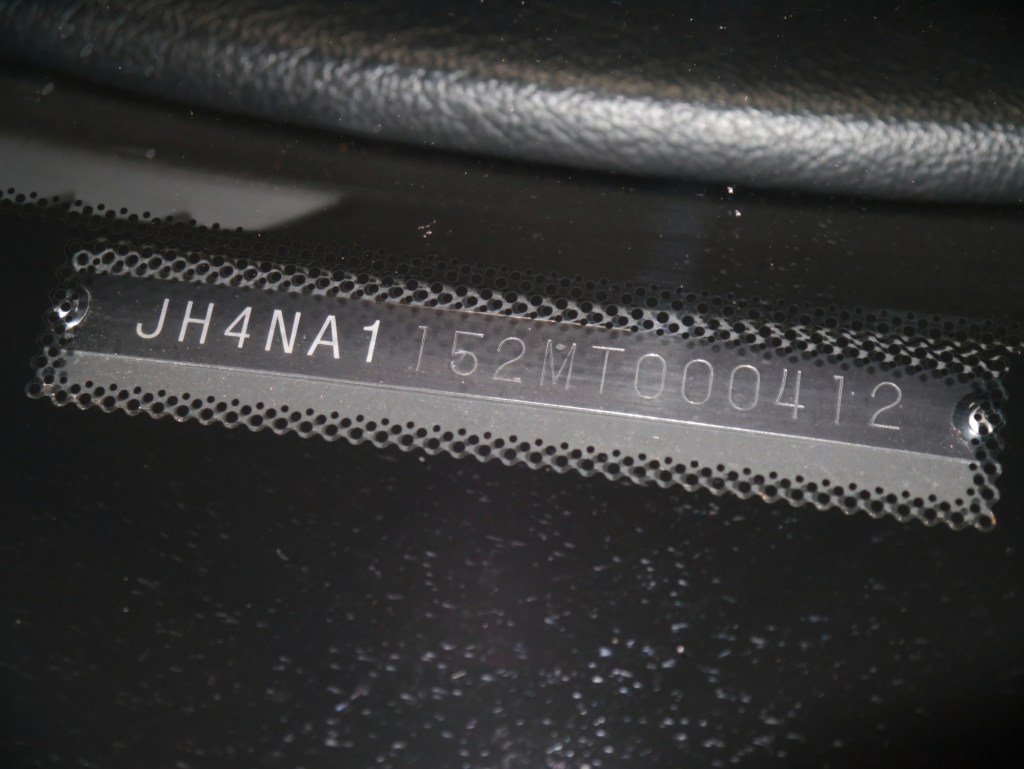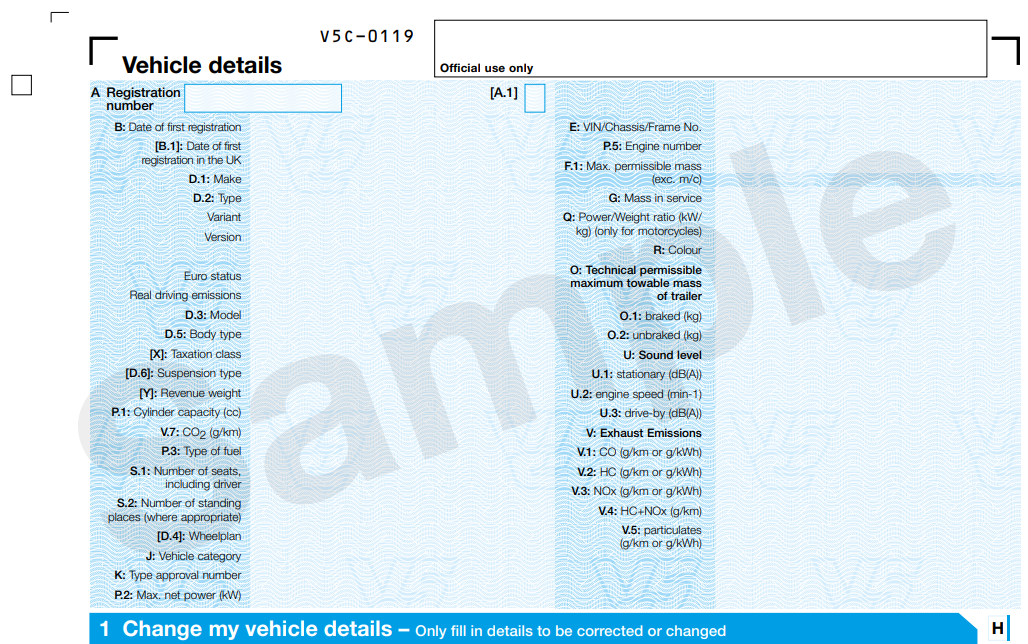Car cloning is rapidly becoming a serious threat for car buyers in the UK. In this comprehensive blog, we delve into everything you need to know about car cloning and how you can protect yourself with five simple physical checks when purchasing a used car.
Key Message: How to Detect Car Cloning
Inspect the vehicle in person! Find and check the VIN against the vehicle’s registration number and V5C logbook. This will lower your risk of buying a stolen, cloned car considerably. Use our free VIN check tool and watch this short video.
And now comes the detail…
What is Car Cloning?
Car cloning is a tactic used by criminals to disguise stolen vehicles. They replace the stolen car’s number plates with those from a legitimate vehicle, making the stolen car appear legal.
How Common is Car Cloning?
According to Transport for London (TfL), between March 2023 and February 2024, 13,000 penalty notices under the ULEZ scheme were canceled due to cloned cars. Estimates suggest there are over 90,000 cloned cars in the UK, with data from both the DVLA and TfL indicating this problem is on the rise.
Consequences of Buying a Cloned Car
If you purchase a cloned car, you’re essentially buying stolen property. The rightful owner may report it stolen, leading to police investigations. UK law does not protect you in such cases, meaning you’ll likely lose both the car and the money you spent.
Can Vehicle Check Reports Identify Cloned Cars?
Total Car Check offers a free history check to see if a car has been reported stolen. However, cloned vehicles often escape detection. No electronic vehicle check alone can identify a cloned car.

Why Can’t the Police Detect Cloned Cars?
Cloning is often carried out by sophisticated crime gangs. They select a car of the same make, model, age, and color as the stolen vehicle and switch its plates with those of a legitimate car. Once cloned, the stolen car can evade police detection, as police cameras will recognise the plates as legitimate.
The 5-Step Car Cloning Check
When inspecting a vehicle, follow these five steps:
- Verify All VINs Match: Ensure all three VINs on the car are identical.
- Check VIN Digits for Tampering: Ensure the digits on all VINs are clean and untampered.
- Inspect the V5C Logbook: The VIN on the logbook’s ‘Vehicle Details’ section (page 2 see image below) should match the car’s VINs.
- Match Registration Numbers: Ensure the registration numbers on the car and V5C logbook are the same.
- Use the Free VIN Tool: Confirm the registration number against the VIN with Total Car Check’s free tool available in our mobile app.
If any VINs do not match, appear tampered with, or the seller is unwilling to cooperate, do not proceed with the purchase.

Understanding Car Ringing
Car ringing involves changing a car’s VIN to a legitimate one, often in combination with cloning. Criminals etch a legitimate VIN onto a stolen car, making it extremely difficult to detect. Following the above steps provides the best chance of identifying such practices.
Unsure After Conducting Checks?
If you have doubts after performing these checks, it’s best to walk away. If you’re still interested in the car, hire a professional to inspect it before purchase. Numerous motoring organizations and specialist vehicle inspection companies can assist. While it may cost you the inspection fee, it’s a small price to pay to avoid losing much more.
By following these guidelines, you can significantly reduce the risk of buying a cloned car and protect your investment.
